Search
Multi-Species Grazing as an Alternative to Pasture Spraying
Broadacre spraying of pastures is intended to reduce undesirable plants and increase grasses for livestock. This practice often results in unintended consequences, including damage and reduction of native forbs and reduced profitability. One approach to managing perceived “weedy” plants is incorporating different species of livestock into a grazing operation.

Gluten Free Product Claim Guidance
While “gluten-free” is a voluntary claim that manufacturers may choose to use in the labeling of their foods, FDA’s gluten-free food labeling rule specifies what the claim actually means on a food label.
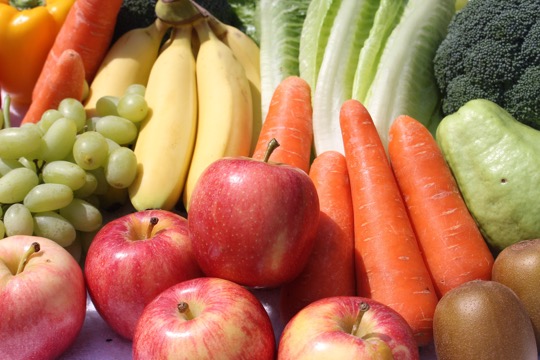
Double Up Bucks Program Launches in Grocery Stores across South Dakota and North Dakota
May 28, 2021
The launch of the Double Up Dakota Bucks in grocery stores is the first of its kind in both North and South Dakota.
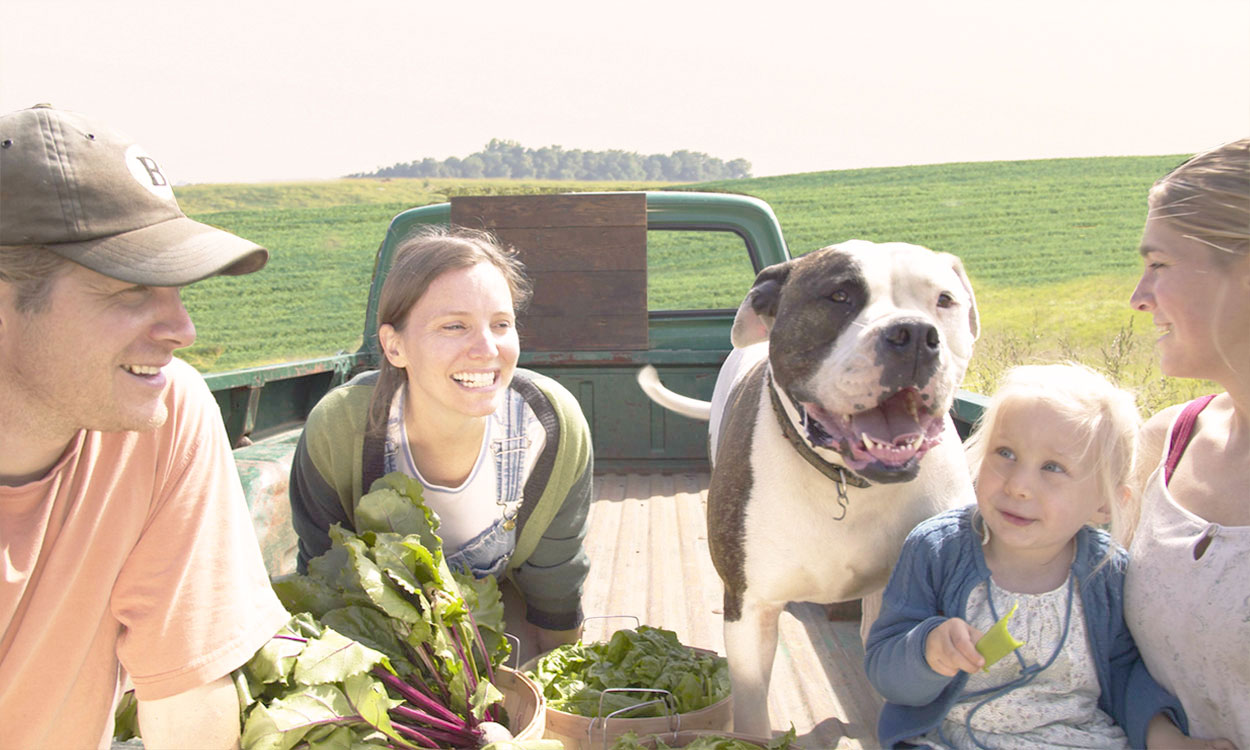
Discussing Food and Agriculture in South Dakota: A Guide for Community Leaders
Food production and farming are issues that operate at the complex pivot point of where ecology and nature meet the marketplace and political systems. The way agriculturalists and communities handle their resources, both individually, and collectively, depends on their collective vision for the future.
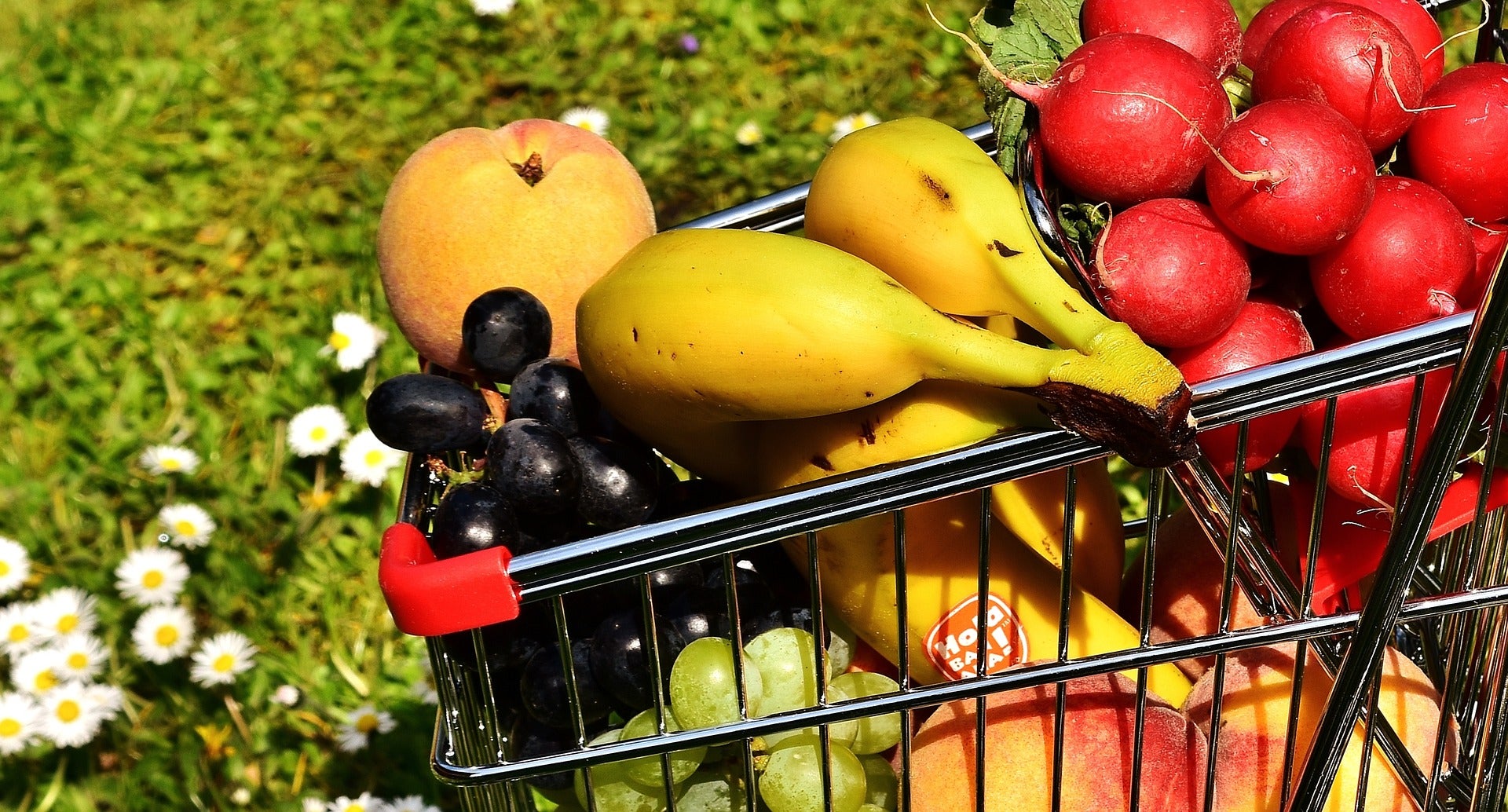
SDSU Extension Partners with Grocers for Double Up Dakota Bucks
February 22, 2021
Some South Dakota grocery stores are now offering participants of the Supplemental Nutrition Assistance Program (SNAP) a chance to double up on fresh fruits and vegetables.
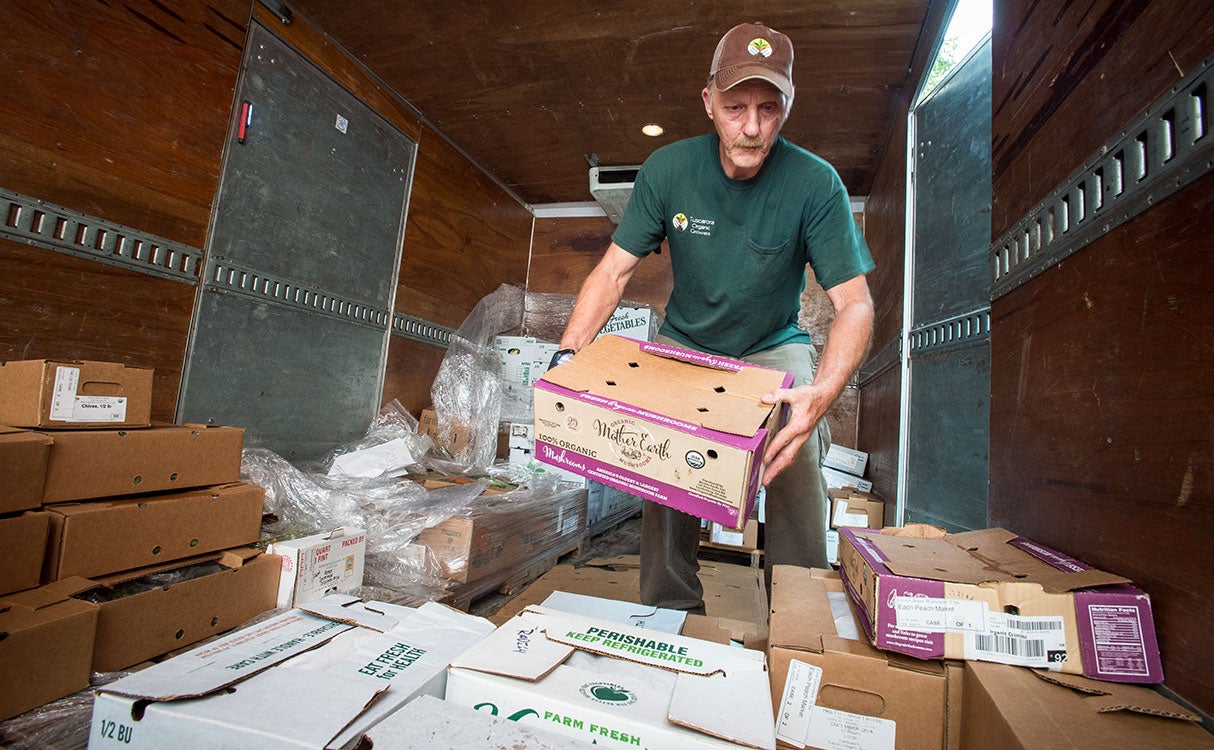
Requirements for Selling Food to Retail in South Dakota
Now more than ever, we are seeing food processors and entrepreneurs in South Dakota bringing their food products, not only to farmers markets, but also to retail stores. This article provides regulatory guidance and outlines the necessary steps required to allow for the sale of foods to retail stores.
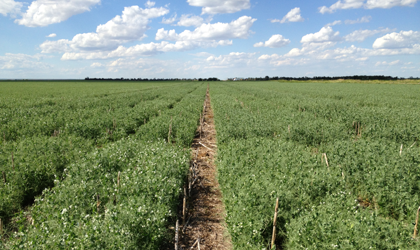
Production and Utilization of Field Peas in South Dakota
Guide to field pea production and utilization in South Dakota

Farmers Market Resource Manual
This manual is intended to be used by farmers market directors, managers, and organizers to copy portions of the manual that pertain to the needs of their farmers market.
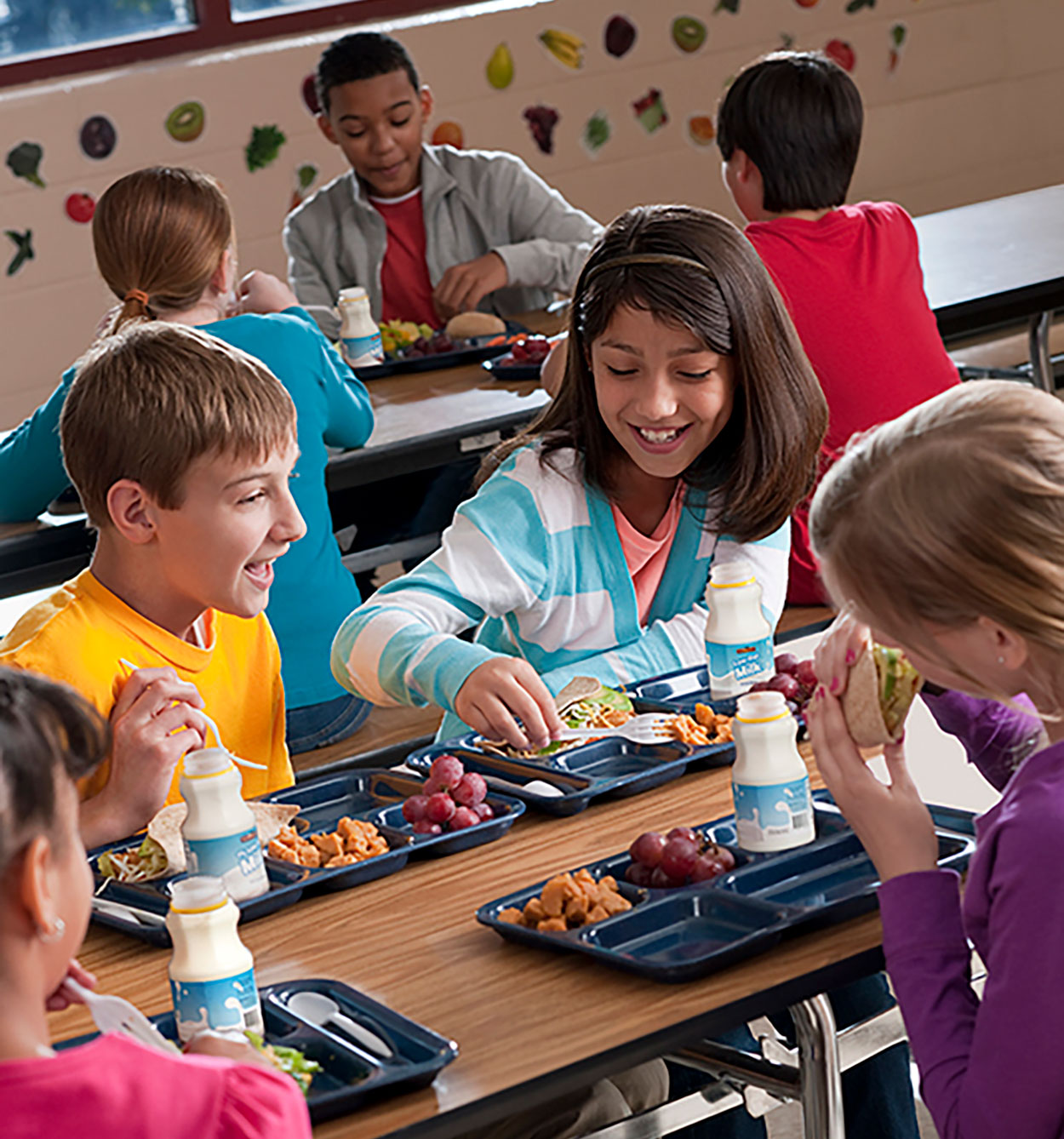
Farm to (More Than) School
Opportunities for local food procurement go beyond just school lunch! Learn about several child nutrition programs and settings that may accept local foods.
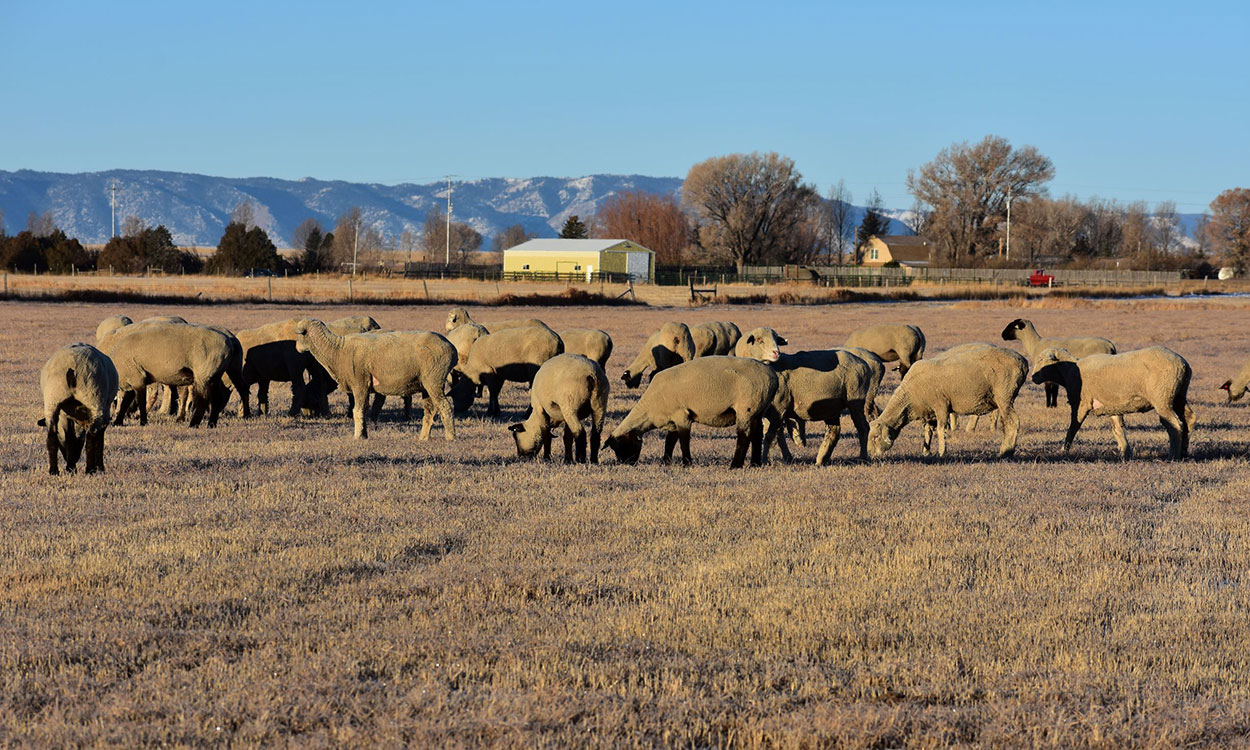
Multispecies Grazing: Benefits of Sheep Integration on Rangelands
Fact sheet about diversifying your operation to benefit your rangeland.